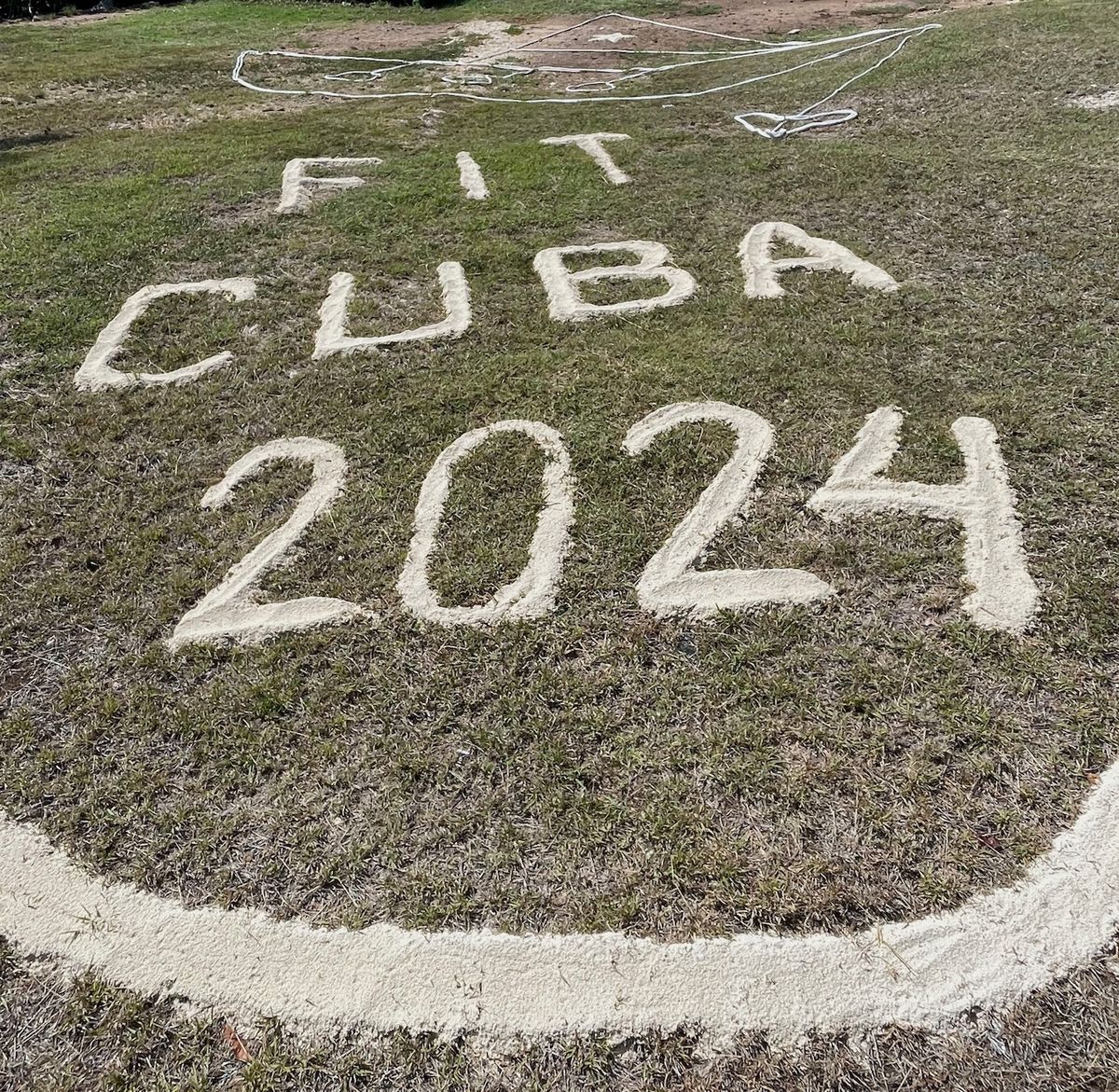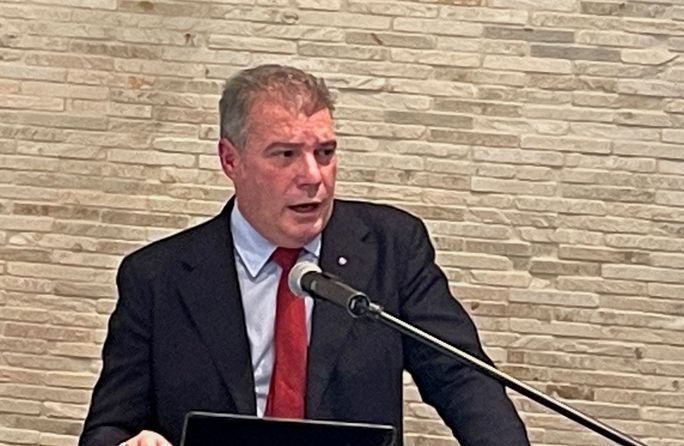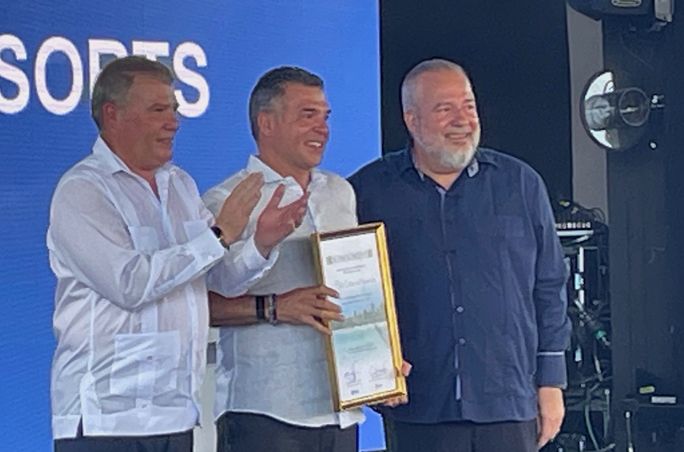


Cuban tourism officials are planning to travel to Canada in the next month, going “door-to-door” with travel advisors to present a “roadmap” that will reveal solutions “to solve many of the complaints” from visitors.
The news came in a response from Minister of Tourism Juan Carlos Garcia Granda to a question from TravelPulse Canada regarding the reluctance of some advisors to sell the destination due to negative feedback from travellers about inconsistent availability of key items, ranging from food items and condiments to toilet paper. The reports have been frequent this year in travel advisor forums and consumer reviews.

Cuba tourism minister Juan Carlos Garcia Granda. (Photo Credit: Bruce Parkinson)
“We know this is a difficult time, but we know we are moving ahead,” Garcia Granda said. “We are working really hard and you are going to see the changes in quality soon. Trust us, we’re going to be the leaders in the region.”
Following COVID and in the wake of a hardened embargo during the Trump administration, Cuba’s tourism industry has struggled to regain its footing. Despite that, the Canadian market has been remarkably resilient, delivering about 900,000 visitors in 2023. The ambitious goal for this year is to reach 1,000,000, the 2019 benchmark.
Canadians remain the largest group of visitors to the island nation, and many repeat tourists have a special relationship with the country and its people. And, led by the Sunwing Travel Group and its Blue Diamond Resorts affiliate, the Canadian industry has worked diligently to keep the flow of tourists coming.
The fact that Cuba has been able to build a thriving tourism industry despite a 65-year-old U.S. blockade is remarkable. But over the last 30 years, competition in the sun and sand all-inclusive market has fiercely intensified. The all-inclusive product, especially in Mexico, has improved by leaps and bounds, and Cuba has struggled to keep up. Much of that can be blamed on the embargo, which makes acquiring and maintaining equipment and amenities much more complicated.
Many Canadians are still willing to adjust their expectations while travelling to Cuba, which offers glorious beaches and clear blue waters, and free-flowing rum and beer. But what Canadians respond to most is the warmth of welcome of the Cuban people and tourism workers, which remains undimmed. However, there are fears that the next generation of travellers won’t have the same sentimental ties, putting Cuban tourism in a disadvantaged position.

Eric Rodriguez, (centre) EVP Partner Development for Sunwing Travel Group, accepts a special recognition award on behalf of Blue Diamond Resorts from Cuba Tourism Minister Juan Carlos Garcia Granda (left) and Prime Minister Manuel Marrero Cruz at FIT Cuba. (Photo Credit: Bruce Parkinson)
“We have worked to protect the client, while the Cuban population has been through difficult times,” Garcia Granda said, referring to shortages of fuel, cooking oil and flour among other things. We have been working day to day to minimize the problems.”
The tourism minister’s comments came during the 42nd edition of the FITCuba 2024 International Tourism Fair, held this year in the tourist centre of Jardines del Rey on Cayo Coco.
While Garcia Granda says the sun and beach market will always be the main market for winter-weary Canadians, Cuba is creating new products “to attract the youngest people in the market.” That will include itineraries based on Cuban music and other arts.

Cuban Prime Minister Manuel Marrero Cruz speaking at the 42nd FIT Cuba conference. (Photo Credit: Bruce Parkinson)
In a speech to FIT Cuba attendees, Prime Minister Manuel Marrero Cruz said efforts to advance the development of tourism in Cuba is “marked by the intensified blockade of the U.S. government, accompanied by a subversive and diversionary policy, aimed at destroying our Revolution.”
The Prime Minister noted that Cuba is the only country in the world to which U.S. citizens, the main source market to the Caribbean, are prohibited by law from travelling to Cuba freely as tourists. He also alleged that the U.S. is imposing an extraterritorial application of the blockade by denying 300,000 electronic visas (ESTA) to European citizens, for having visited Cuba in the past.
“Given the difficulties we face, we continue to support the development of tourism, aware that it is the sector that can contribute the most to economic recovery, for the benefit of our people,” said Marrero Cruz.
More coverage to follow.